Towards the
Cure of Cancer and Other PAK-dependent Diseases”
edited by Hiroshi Maruta (NF/TSC Cure Org., Melbourne, Australia)
Contents:
Introduction (Hiroshi Maruta)
Pushing the Boundary
toward Clinic: 35-Year PAK Research
Comes of Age
Chapter 1: “Functional Maturation of PAKs: from Uni-cellular to Multi-cellular
Organisms”
(Masato
Okada, Graham Cote, Ramesh Jha, Hiroshi Maruta),
Osaka University, Japan
Chapter 2: “Oncogenicity of PAKs and Their Substrates”
(Hong He & Hiroshi Maruta) University
of Melbourne, Australia
Chapter 3: “Natural or Synthetic Therapeutics that Block
PAKs”
(Hiroshi
Maruta, Shanta Messerli, Ramesh Jha)
NF/TSC Cure Org, Melbourne, Australia
Chapter 4: “PAK1-3 in Infectious Diseases (Malaria, AIDS,
flu, etc) ”
( Hiroshi
Maruta) NF/TSC Cure Org, Melbourne, Australia
Chapter 5: “PAK1 in Brain Diseases” (NF, TSC, glioma,
RB, epilepsy, depression, LD)
(Hiroshi Maruta & Shanta Messerli) Marine Biological Lab, USA
Chapter 6: ”PAK1 in Alzheimer’s and Huntington’s
diseases”
(Qiu-Lan
Ma, Fusheng Yang, Sally
Frautschy and Greg Cole)
UCLA, USA
Chapter 7: “PAK1 Controls the Lifespan”
(Sumino
Yanase & Hiroshi Maruta) Daito Bunka University, Japan
Chapter 8: “3D Structure and Physiological Regulation of PAKs ”
(Stefan Knapp)Oxford University, UK
Lateral Thinking is the Key for a Great Leap of Bio-medical Sciences.
PAK is a family of Ser/Thr kinases which
are activated by RAS-related G proteins of 21 kDa (p21) called RAC and CDC42. Although
the first mammalian PAKs (PAK1 and PAK2) were cloned by Ed Manser’s group in
Singapore around 1994 (1), the first member of PAK family was isolated by our
team at NIH in a soil amoeba as Acanthamoeba
myosin I heavy chain kinase (MIHCK) in 1977 (2), far before a series of small G
proteins (p21) such as RAS and RAC/CDC42 were discovered during 1980s. The
myosin I is a small unconventional “single-headed” myosin which unlike the
conventional double-headed myosins (myosin II) lacks the C-terminal tail, and
requires the phosphorylation of its heavy chain by the MIHCK for
actin-activation of its intrinsic ATPase activity (2). Once myosin I is phosphorylated, its
interaction with actin-filament (F-actin) triggered a rapid ATP hydrolysis and
actomyosin complex (microfilament) associated with leading edge of amoeba
contracts, and so-called amoeboid movement or membrane ruffling occurs...
Shortly after the oncogenic RAS-RAC/CDC42-PAKs signaling pathway was about to be established in mid-1990s, Jeff Field’s group in Philadelphia discovered that RAS indeed activates PAK1, and over-expression of the dominant negative (DN) mutant of PAK1 in both RAS-transformed fibroblasts and NF1-deficient MPNST (malignant peripheral nerve sheath tumor), in which RAS is abnormally activated, can reverse their malignant phenotype both in vitro and in vivo (4, 5), strongly suggesting that PAK1 is essential for the RAS-induced malignant transformation (anchorage-independent growth) of cells...
Shortly after the oncogenic RAS-RAC/CDC42-PAKs signaling pathway was about to be established in mid-1990s, Jeff Field’s group in Philadelphia discovered that RAS indeed activates PAK1, and over-expression of the dominant negative (DN) mutant of PAK1 in both RAS-transformed fibroblasts and NF1-deficient MPNST (malignant peripheral nerve sheath tumor), in which RAS is abnormally activated, can reverse their malignant phenotype both in vitro and in vivo (4, 5), strongly suggesting that PAK1 is essential for the RAS-induced malignant transformation (anchorage-independent growth) of cells...
Rather surprisingly, several non-tumor
diseases such as AIDS, malaria, flu, Alzheimer’s (AD), Huntington’s (HD),
inflammatory diseases such as asthma and arthritis, hyper-tension, epilepsy,
depression, schizophrenia and autism associated with fragile X syndrome (FXS)
also turned out to be PAK1-dependent. Thus, the potential market value of these
PAK1 blockers would be huge in the future...
Afraxis in San Diego, founded by Susumu Tonegawa of MIT (the 1987 Nobel laureate) and his colleagues, recently developed a potent PAK1-specific inhibitor called "FRAX597" (IC50
around 10 nM), which passes the blood brain barrier. So they can test its effect on the long term memory in mice, and if this PAK1-specific inhibitor can cure
or delay a variety of the known PAK1-dependent brain diseases/disorders such as NF (neurofibromatosis) and TSC (tuberous sclerosis).
Celebrating such an exciting PAK1-specific
inhibitor development, in the above 8 chapters, world experts in his or her
own specific fields would discuss in detail with their deep insight, how PAKs,
in particular the oncogenic kinases PAK1 and PAK4 or their blockers, could
control our life and health in a variety of aspects, and how mammalian PAKs are
functionally being evolved from their ancestral origin(s) in uni-cellular
organisms such as yeast and amoeba with a series of mutations over million
years.










































































![リオ五輪男子体操団体:日本(金)、ロシア[銀]、中国[銅]。](https://blogger.googleusercontent.com/img/b/R29vZ2xl/AVvXsEjHS61FORcH43CteZVfJzLmbqvNwOIliOSMpTpRtEi7x8j1ZwPk5rDaZovTrwuZxfDDtdEDSj673it735LF0mweIunaj7ja07lURBDYTV6wPMaAlumFt3aWWzYbHZgIaxcOLk_OKEMyQ3lX/s1600/2016+taiso+gold.jpg)
![皇太子(明仁)による沖縄訪問 [1975年]](https://blogger.googleusercontent.com/img/b/R29vZ2xl/AVvXsEjvSQrzV7yw_4gVQSwxZP_jh4VnEJscSqOqbiBh0VdAK3CRddXRqkd70JdLyws9fGejk-FGVmXWbHvSxlF3f8UogTyf9KXbqU1NGXesvcx2Hlsd6uq81AHweeioc61wynq3d2IYuyolijgT/s1600/akihito+message.jpg)




















































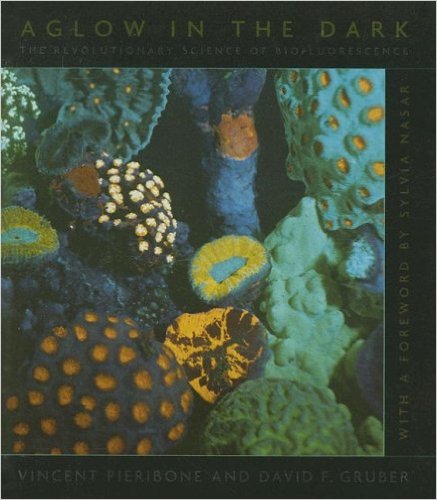














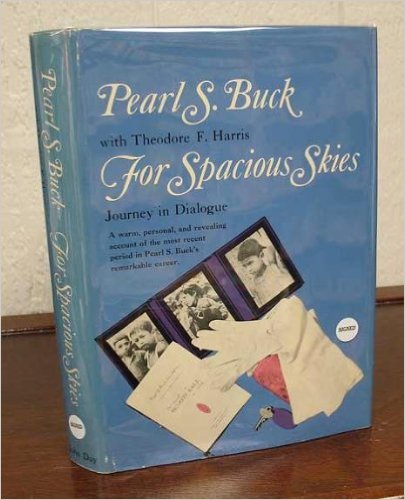














































































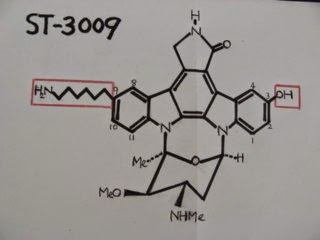







































![アルニカ [ウサギ菊]](https://blogger.googleusercontent.com/img/b/R29vZ2xl/AVvXsEilqv0qou-4NpoUh1PFWYK0FSaozKazee0VYGxsFtfjBma46ya9yxqB6X9Ziuob25tNRpBbnFIcUFlOEjz1WcAjVNzjGl1E-QbDgE7VOLkjZDx0eplJ1WJHf0fTEWXxf8F5G-cHUhqHELY9/s1600/ArnicaS.jpg)


















































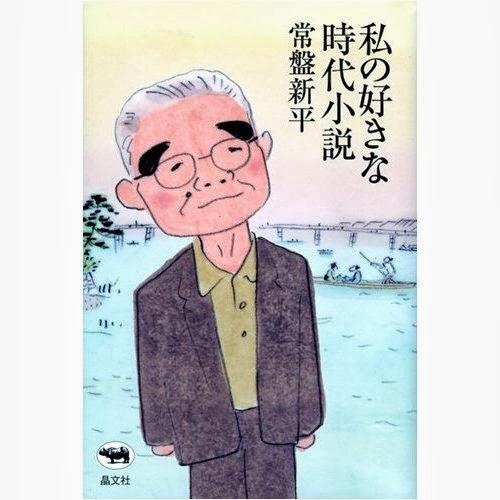










































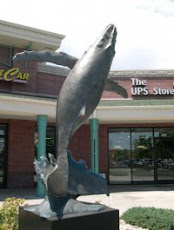










































.jpg)
















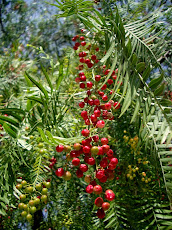






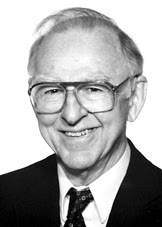








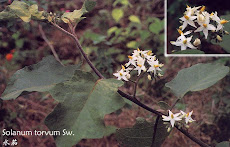







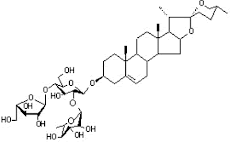















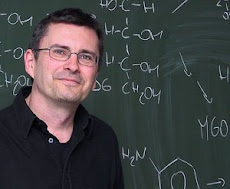


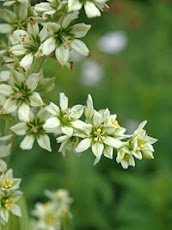












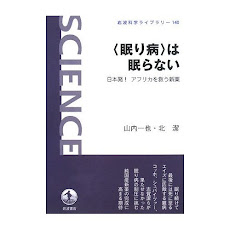






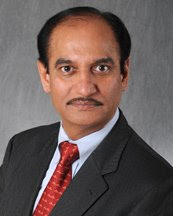





.jpg)















































